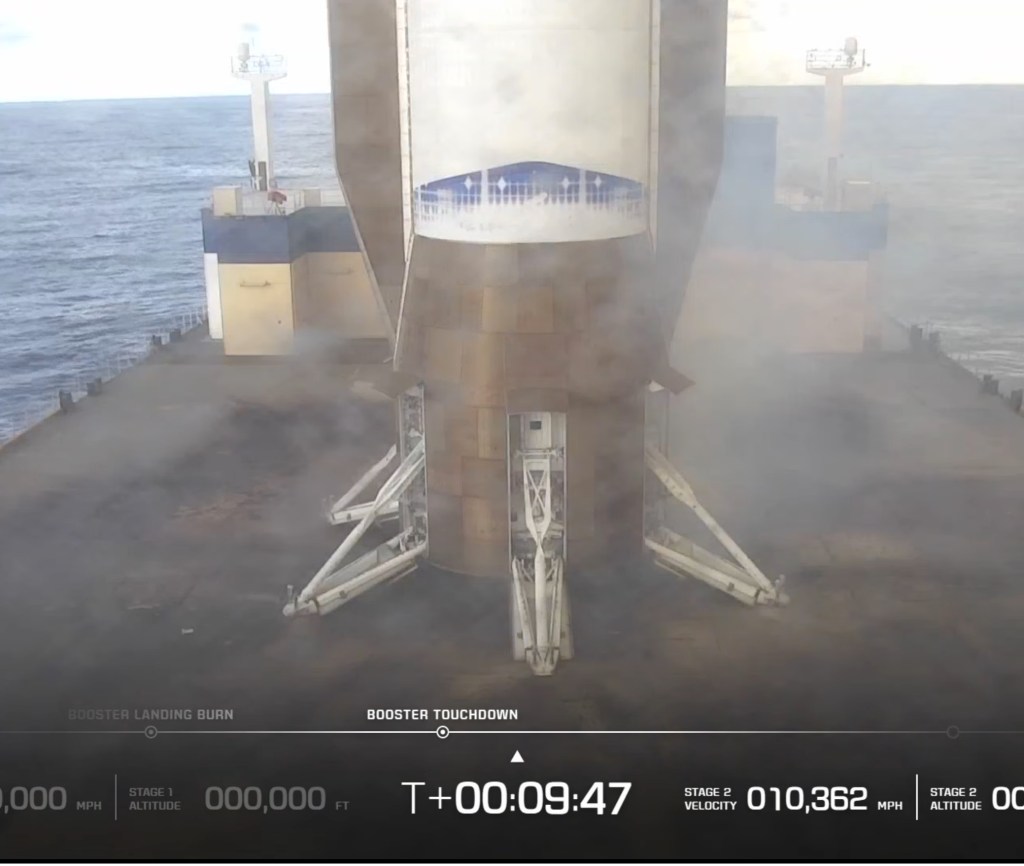Google has officially launched Veo 3, its latest advancement in AI-driven video generation, to Gemini users across more than 159 countries. This rollout marks a significant milestone in the evolution of artificial intelligence, offering users the ability to create high-quality, realistic videos complete with synchronized audio elements.
Introduction to Veo 3
Veo 3 represents a substantial leap forward from its predecessor, Veo 2. Unveiled during the Google I/O 2025 developer conference, Veo 3 introduces the capability to generate videos up to eight seconds long using text prompts. What sets Veo 3 apart is its ability to produce synchronized audio, including dialogue, sound effects, and background noises, thereby enhancing the realism and immersive quality of the generated content. ([techcrunch.com](https://techcrunch.com/2025/05/20/googles-veo-3-can-generate-videos-and-soundtracks-to-go-along-with-them/?utm_source=openai))
Subscription and Access
Access to Veo 3 is currently exclusive to subscribers of Google’s AI Pro plan, with usage capped at three videos per day. This strategic limitation ensures that the platform remains accessible while managing computational resources effectively. The AI Pro plan is designed to cater to professionals and enthusiasts seeking advanced AI tools for content creation. ([techcrunch.com](https://techcrunch.com/2025/07/03/google-rolls-out-its-new-veo-3-video-generation-model-globally/?utm_source=openai))
Key Features and Capabilities
Veo 3 introduces several groundbreaking features that distinguish it from other AI video generation tools:
– Integrated Audio Generation: Unlike many existing AI video generators, Veo 3 can produce videos with synchronized audio components. This includes dialogue that matches lip movements, background sounds that align with the visual context, and music that complements the scene’s mood. ([techcrunch.com](https://techcrunch.com/2025/05/20/googles-veo-3-can-generate-videos-and-soundtracks-to-go-along-with-them/?utm_source=openai))
– High-Quality Visuals: The model is capable of generating videos in up to 1080p resolution, ensuring sharp and detailed visuals. It maintains consistency in objects, characters, and overall style across frames, addressing previous challenges where elements might morph or disappear unpredictably. ([quillmix.com](https://quillmix.com/ai/google-veo-3-the-future-of-ai-video-generation?utm_source=openai))
– Advanced Prompt Understanding: Users can input detailed prompts, including descriptions of scenes, moods, and camera movements. Veo 3 understands cinematic terms like timelapse or aerial shot, allowing for precise control over the video’s style and composition. ([quillmix.com](https://quillmix.com/ai/google-veo-3-the-future-of-ai-video-generation?utm_source=openai))
– Extended Sequence Generation: The model can create longer video sequences, enabling more complex scenes and narratives. This capability allows for richer storytelling and more dynamic content creation. ([quillmix.com](https://quillmix.com/ai/google-veo-3-the-future-of-ai-video-generation?utm_source=openai))
– Versatile Styling: Veo 3 can adapt to produce videos in a wide range of visual aesthetics, from photorealistic to abstract or animated looks, offering flexibility for various creative needs. ([quillmix.com](https://quillmix.com/ai/google-veo-3-the-future-of-ai-video-generation?utm_source=openai))
User Experience and Applications
Early adopters have reported impressive results with Veo 3. For instance, filmmaker and molecular biologist Hashem Al-Ghaili showcased AI-generated characters grappling with self-awareness, sparking online fascination and concern. This example highlights Veo 3’s potential in creating compelling narratives that resonate with audiences. ([axios.com](https://www.axios.com/2025/05/23/google-ai-videos-veo-3?utm_source=openai))
However, some users have noted limitations, such as challenges with accurately interpreting spatial prompts and inconsistencies in audio quality and synchronization. Complex, multi-scene narratives can sometimes confuse the model, and the user interface may experience glitches. Despite these issues, Veo 3 offers a glimpse into the future of AI video content, providing incredible capabilities for both casual creators and professionals. ([tomsguide.com](https://www.tomsguide.com/ai/ai-image-video/i-tried-google-veo-3-heres-what-impressed-me-and-what-still-needs-work?utm_source=openai))
Ethical Considerations and Safeguards
The advent of Veo 3 has raised ethical concerns, particularly regarding the potential for generating hyper-realistic deepfake videos that could spread misinformation. A TIME investigation revealed that the tool could create convincing yet fabricated clips depicting riots, election fraud, and politically sensitive scenarios. While Veo 3 includes safeguards like blocking violent prompts and embedding invisible watermarks, these protections are limited, and misleading footage can still be generated with minimal input. Experts warn that such tools, if left unregulated, could amplify propaganda, deepen polarization, and challenge legal and ethical norms. ([time.com](https://time.com/7290050/veo-3-google-misinformation-deepfake/?utm_source=openai))
In response to these concerns, Google has implemented measures such as embedding digital watermarks in all content generated by Veo 3. Additionally, the company is working on adding visible watermarks to Veo videos to help people identify AI-generated content. These steps aim to mitigate the risks associated with the misuse of AI-generated videos. ([tech.yahoo.com](https://tech.yahoo.com/articles/googles-veo-3-ai-video-090000841.html?utm_source=openai))
Future Developments
Looking ahead, Google is actively working on adding image-to-video generation capabilities to Gemini, as stated by Google’s Josh Woodward. This development would allow users to generate videos not only from text prompts but also from images, further expanding the creative possibilities offered by Veo 3. ([techcrunch.com](https://techcrunch.com/2025/07/03/google-rolls-out-its-new-veo-3-video-generation-model-globally/?utm_source=openai))
Additionally, Google has introduced Flow, an AI filmmaking tool built for creatives, which integrates Veo 3 and Imagen 4 AI models into its Gemini assistant app. Flow allows users to generate scenes with detailed descriptions of cast, location, and visual style, providing advanced tools for professional content creation. ([moneycontrol.com](https://www.moneycontrol.com/technology/google-s-veo-3-escalates-the-ai-video-race-with-native-audio-generation-article-13035851.html?utm_source=openai))
Conclusion
The global rollout of Veo 3 signifies a transformative moment in AI-driven content creation. By combining high-quality video generation with synchronized audio, Google has set a new standard in the field. While challenges and ethical considerations remain, Veo 3’s capabilities offer exciting possibilities for creators and industries worldwide.



